V. Karkaletsis
Software & Knowledge Engineering Lab, Institute of Informatics & Telecommunications, NCSR Demokritos, Greece
Autoencoder-Driven Weather Clustering for Source Estimation during Nuclear Events
Jan 13, 2018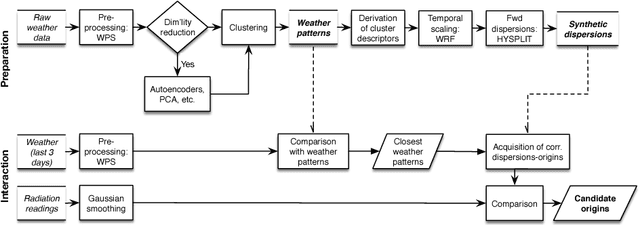
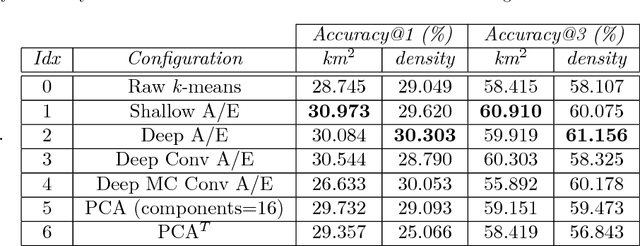

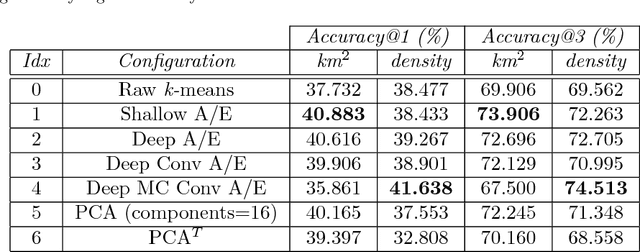
Abstract:Emergency response applications for nuclear or radiological events can be significantly improved via deep feature learning due to the hidden complexity of the data and models involved. In this paper we present a novel methodology for rapid source estimation during radiological releases based on deep feature extraction and weather clustering. Atmospheric dispersions are then calculated based on identified predominant weather patterns and are matched against simulated incidents indicated by radiation readings on the ground. We evaluate the accuracy of our methods over multiple years of weather reanalysis data in the European region. We juxtapose these results with deep classification convolution networks and discuss advantages and disadvantages.
CLIC: A Framework for Distributed, On-Demand, Human-Machine Cognitive Systems
Dec 08, 2013Abstract:Traditional Artificial Cognitive Systems (for example, intelligent robots) share a number of limitations. First, they are usually made up only of machine components; humans are only playing the role of user or supervisor. And yet, there are tasks in which the current state of the art of AI has much worse performance or is more expensive than humans: thus, it would be highly beneficial to have a systematic way of creating systems with both human and machine components, possibly with remote non-expert humans providing short-duration real-time services. Second, their components are often dedicated to only one system, and underutilized for a big part of their lifetime. Third, there is no inherent support for robust operation, and if a new better component becomes available, one cannot easily replace the old component. Fourth, they are viewed as a resource to be developed and owned, not as a utility. Thus, we are presenting CLIC: a framework for constructing cognitive systems that overcome the above limitations. The architecture of CLIC provides specific mechanisms for creating and operating cognitive systems that fulfill a set of desiderata: First, that are distributed yet situated, interacting with the physical world though sensing and actuation services, and that are also combining human as well as machine services. Second, that are made up of components that are time-shared and re-usable. Third, that provide increased robustness through self-repair. Fourth, that are constructed and reconstructed on the fly, with components that dynamically enter and exit the system during operation, on the basis of availability, pricing, and need. Importantly, fifth, the cognitive systems created and operated by CLIC do not need to be owned and can be provided on demand, as a utility; thus transforming human-machine situated intelligence to a service, and opening up many interesting opportunities.
Using Synchronic and Diachronic Relations for Summarizing Multiple Documents Describing Evolving Events
Oct 18, 2007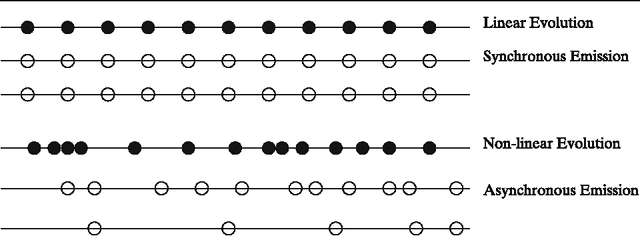
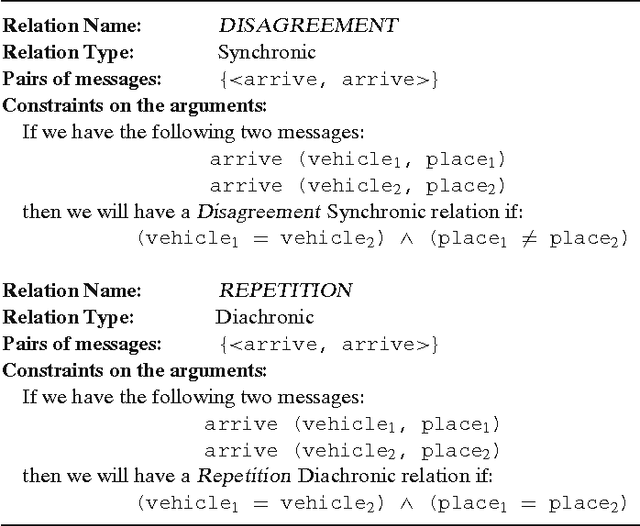
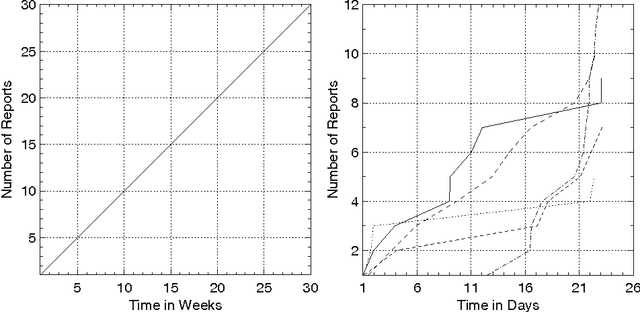

Abstract:In this paper we present a fresh look at the problem of summarizing evolving events from multiple sources. After a discussion concerning the nature of evolving events we introduce a distinction between linearly and non-linearly evolving events. We present then a general methodology for the automatic creation of summaries from evolving events. At its heart lie the notions of Synchronic and Diachronic cross-document Relations (SDRs), whose aim is the identification of similarities and differences between sources, from a synchronical and diachronical perspective. SDRs do not connect documents or textual elements found therein, but structures one might call messages. Applying this methodology will yield a set of messages and relations, SDRs, connecting them, that is a graph which we call grid. We will show how such a grid can be considered as the starting point of a Natural Language Generation System. The methodology is evaluated in two case-studies, one for linearly evolving events (descriptions of football matches) and another one for non-linearly evolving events (terrorist incidents involving hostages). In both cases we evaluate the results produced by our computational systems.
Stacking classifiers for anti-spam filtering of e-mail
Jun 19, 2001

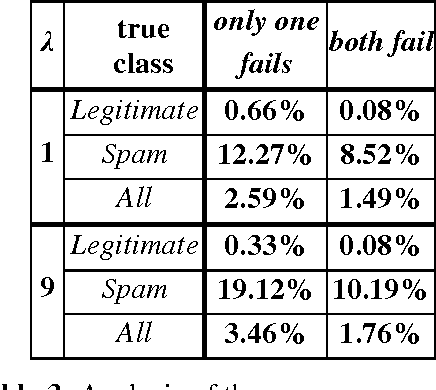
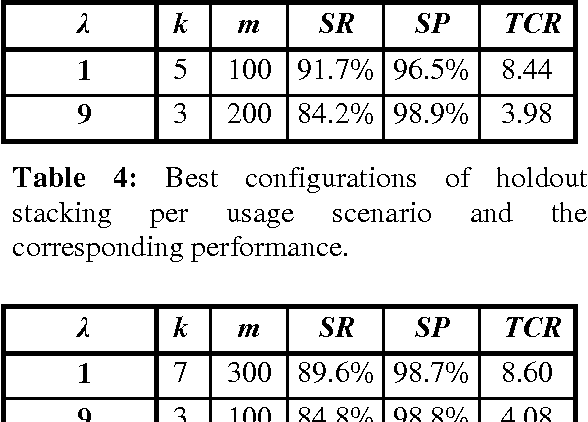
Abstract:We evaluate empirically a scheme for combining classifiers, known as stacked generalization, in the context of anti-spam filtering, a novel cost-sensitive application of text categorization. Unsolicited commercial e-mail, or "spam", floods mailboxes, causing frustration, wasting bandwidth, and exposing minors to unsuitable content. Using a public corpus, we show that stacking can improve the efficiency of automatically induced anti-spam filters, and that such filters can be used in real-life applications.
Resolving Part-of-Speech Ambiguity in the Greek Language Using Learning Techniques
Jun 30, 1999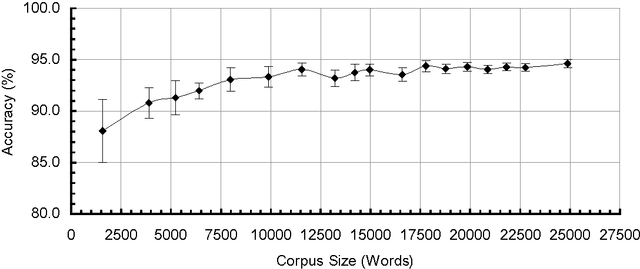
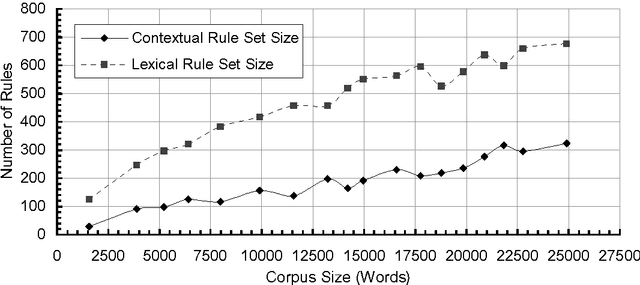
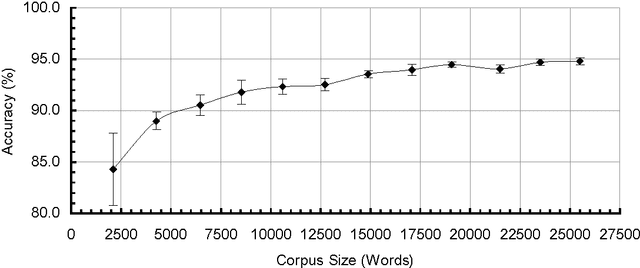
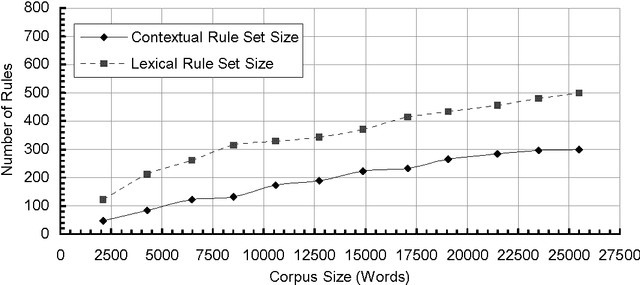
Abstract:This article investigates the use of Transformation-Based Error-Driven learning for resolving part-of-speech ambiguity in the Greek language. The aim is not only to study the performance, but also to examine its dependence on different thematic domains. Results are presented here for two different test cases: a corpus on "management succession events" and a general-theme corpus. The two experiments show that the performance of this method does not depend on the thematic domain of the corpus, and its accuracy for the Greek language is around 95%.
* 6 pages. To appear in the Proceedings of the ECCAI Advanced Course on Artificial Intelligence(ACAI'99), Chania, Greece, July 1999
 Add to Chrome
Add to Chrome Add to Firefox
Add to Firefox Add to Edge
Add to Edge